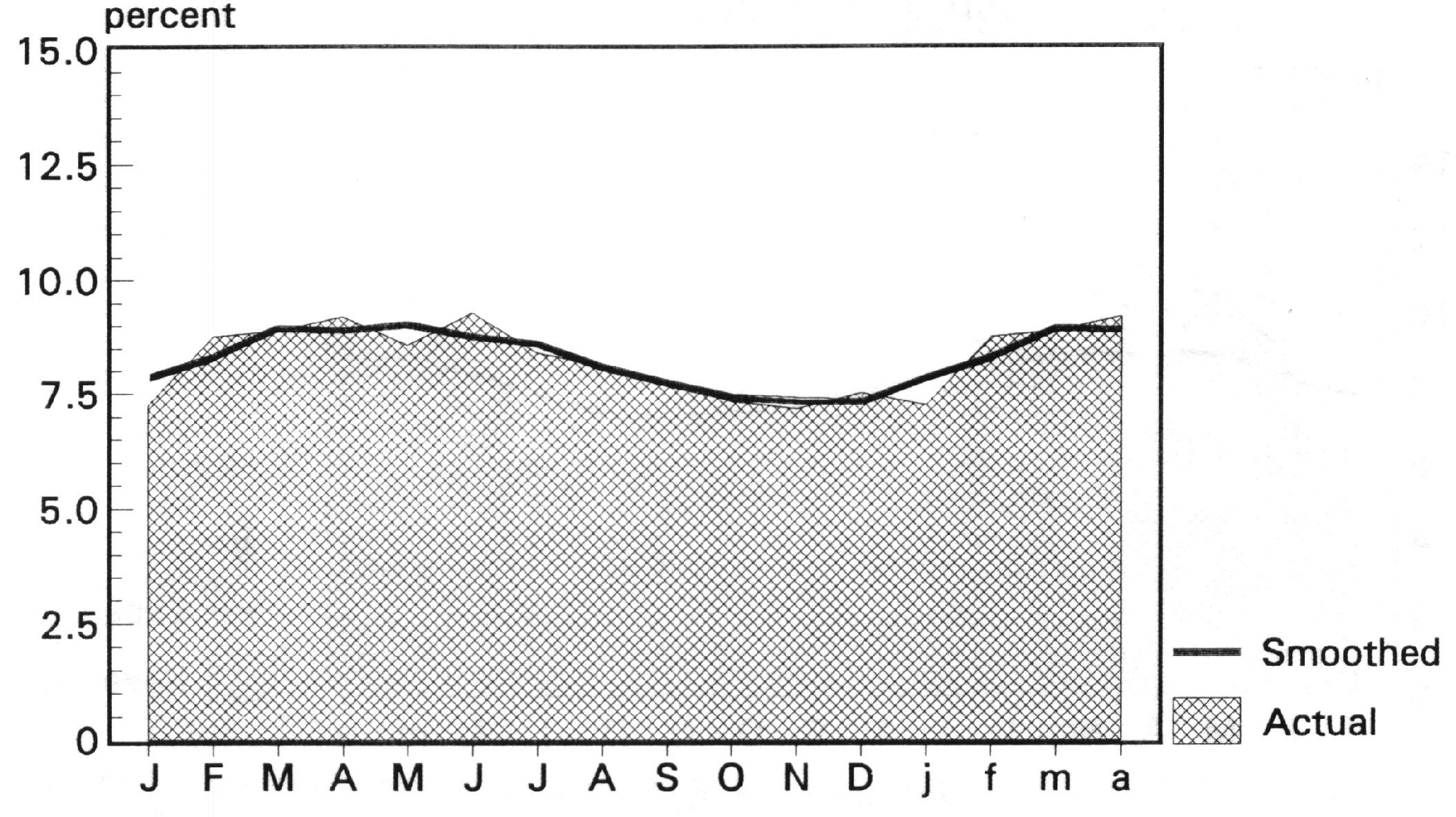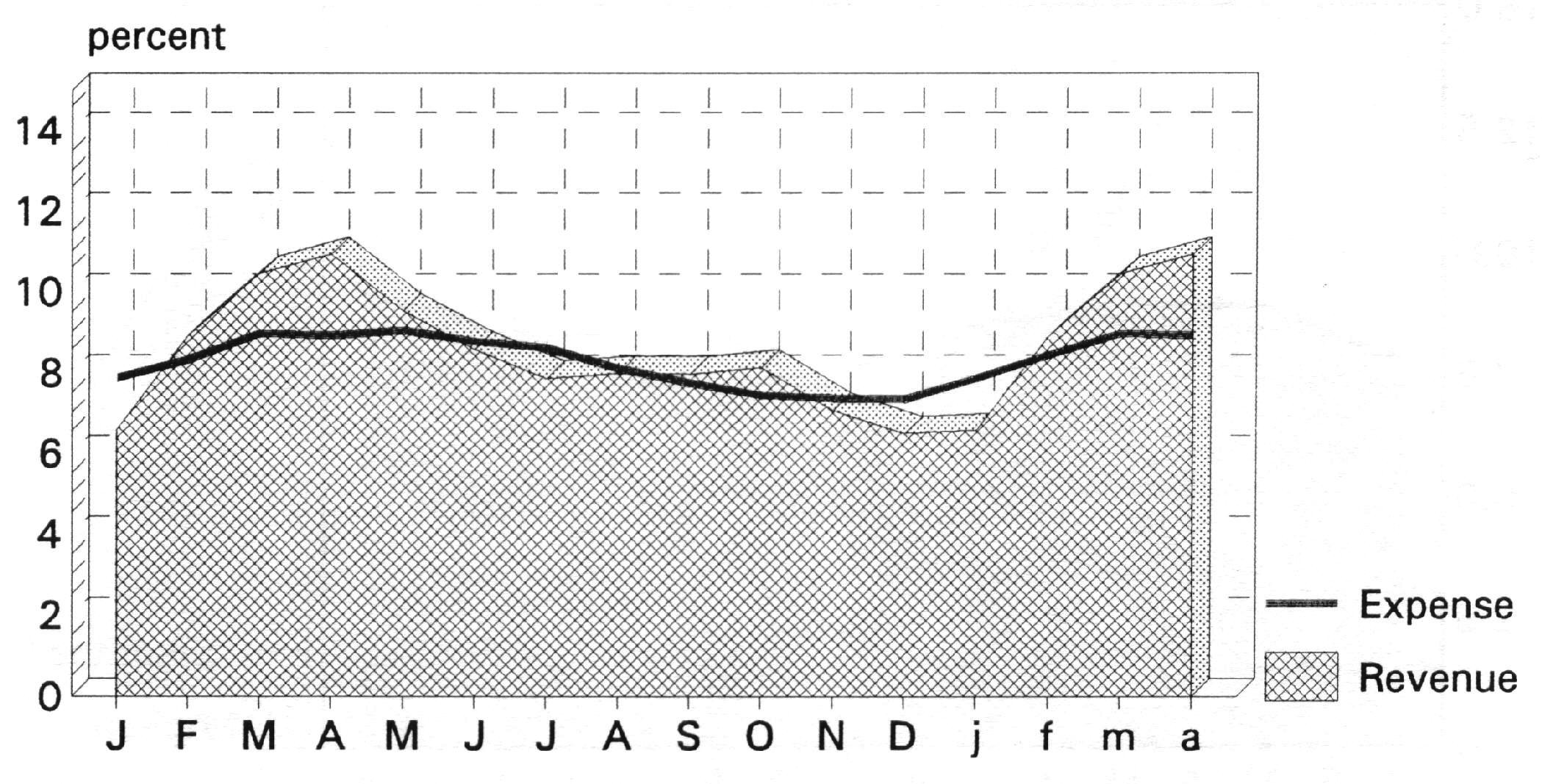The Market-Savvy Salesperson -- Part II
Posted on Monday, October 30, 2017 at 1:44 PM
Focus your sales pitches on the market and business needs of your
advertisers.
By William Dunkerley
Today's
competitive environment mandates the implementation of increasingly
sophisticated sales approaches. With the rapid pace of change in how
audiences consume information, advertisers are adjusting their buying
priorities like never before. Sooner or later, selling advertising in
the same old way will start bringing seriously diminishing returns.
The
solution I've been advocating is to transform your sales staff into
"market analysts." Sure, their objective will still be to sell
advertising. But positioned as market analysts, salespeople will have a
greater ability to be truly helpful to your advertisers, gain their
trust, and thereby achieve a higher level of sales.
Last issue we
examined how collecting reliable data on market seasonality can be
instrumental. Armed with that info, your sales staff can advise
advertisers when it would be profitable for them to double up on their
ad placement. That gives your publication the chance to show your
advertisers improved sales results.
How Advertisers Spend
Revenue
is one thing. Another issue is how advertisers are spending their money
overall. Are advertisers in the field you cover spending their money
strategically?
So the next bit of work is to research the pattern
of how the companies (advertisers) are spending their money. This is not
just advertising expenditures, but all the expenses they incur month by
month.
Here's some hypothetical data for that:

Sixteen-month seasonality of expense.
Unlike the revenue
we examined earlier, expense shows smaller variation throughout the year.
Now
it's time to put both graphs together using the smoothed data. Let's
determine the relationship of revenue to expense.
Sixteen-month
revenue vs. expense.
You can see that the variation in
expense does appear to be less than that for revenue. However, it
follows the same overall trend as revenue.
Thinking
Strategically
There's one important thing this chart shows
that should be valuable in creating responsive sales pitches.
It
is that increases in spending seem to lag increases in sales.
In
part that may be a result of direct costs in delivering on whatever was
purchased to generate the increased revenue. But the spending lag may
also indicate that a company's advertising expenditures are being
responsive to sales increases instead of being proactive in light of a
known seasonal pattern. Proactive ad spending increases could boost an
advertiser's chances of gaining sales and market share during seasonal
peaks.
This should give advertiser companies some insights that
will be valuable in their cash-flow management, too.
Moving
Forward
The foregoing business cycle research is but one
example of how you can gather information that will increase the market
acumen of your sales team. It will also provide a valuable resource to
your advertisers.
There are other areas of research in which you
can involve your readers. For example, survey them about buyer awareness
of the companies on your advertiser and prospect lists. Buyer preference
is another topic ripe for research.
Give these research topics a
try. You'll increase the market expertise of your sales team and provide
a loyalty-creating service for your advertisers as well.
William
Dunkerley is principal of William Dunkerley Publishing Consultants, www.publishinghelp.com.
Add
your comment.
